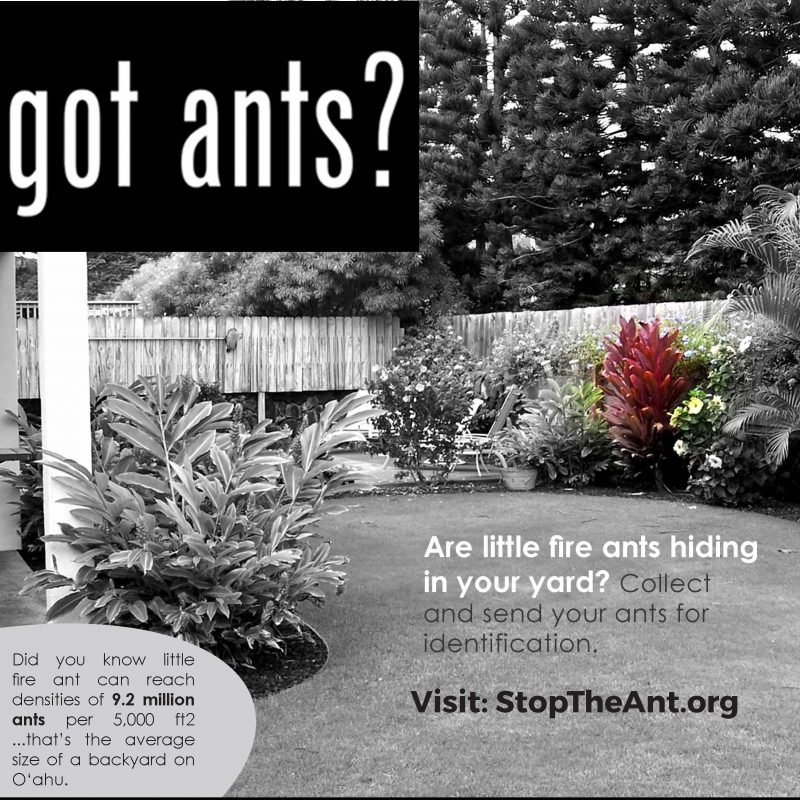SEVERAL LITTLE FIRE ANTS INFESTATIONS CURRENTLY UNDERGOING TREATMENT ON OAHU.
#littlefireants
Second Windward Little Fire Ant Infestation Found in Ahuimanu
The infestation totals 18 properties and treatment area is 3 acres. Finding them while the infestation is small is essential!
Little Fire Ants Found in Kāneʻohe
Thanks to a resident’s report of stinging ants, this infestation was found early and efforts to rid the ants are underway.



